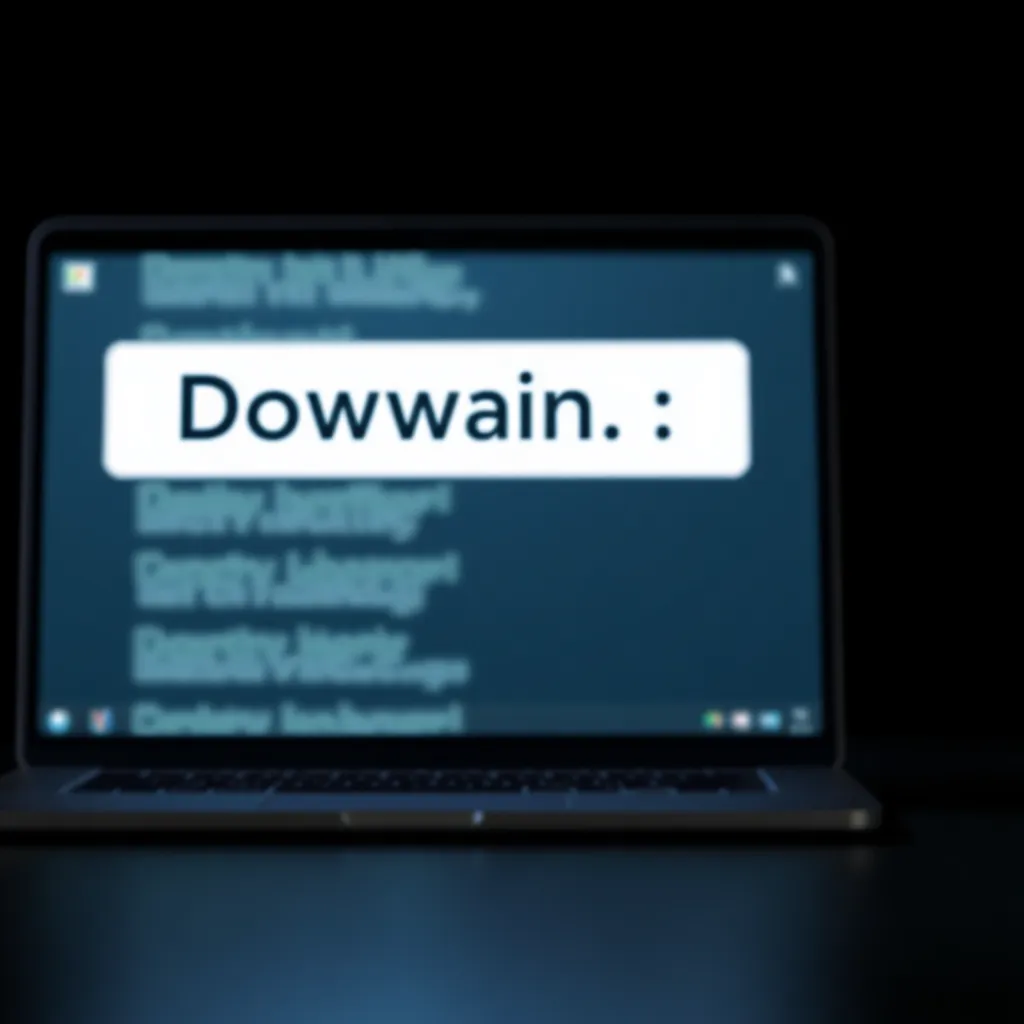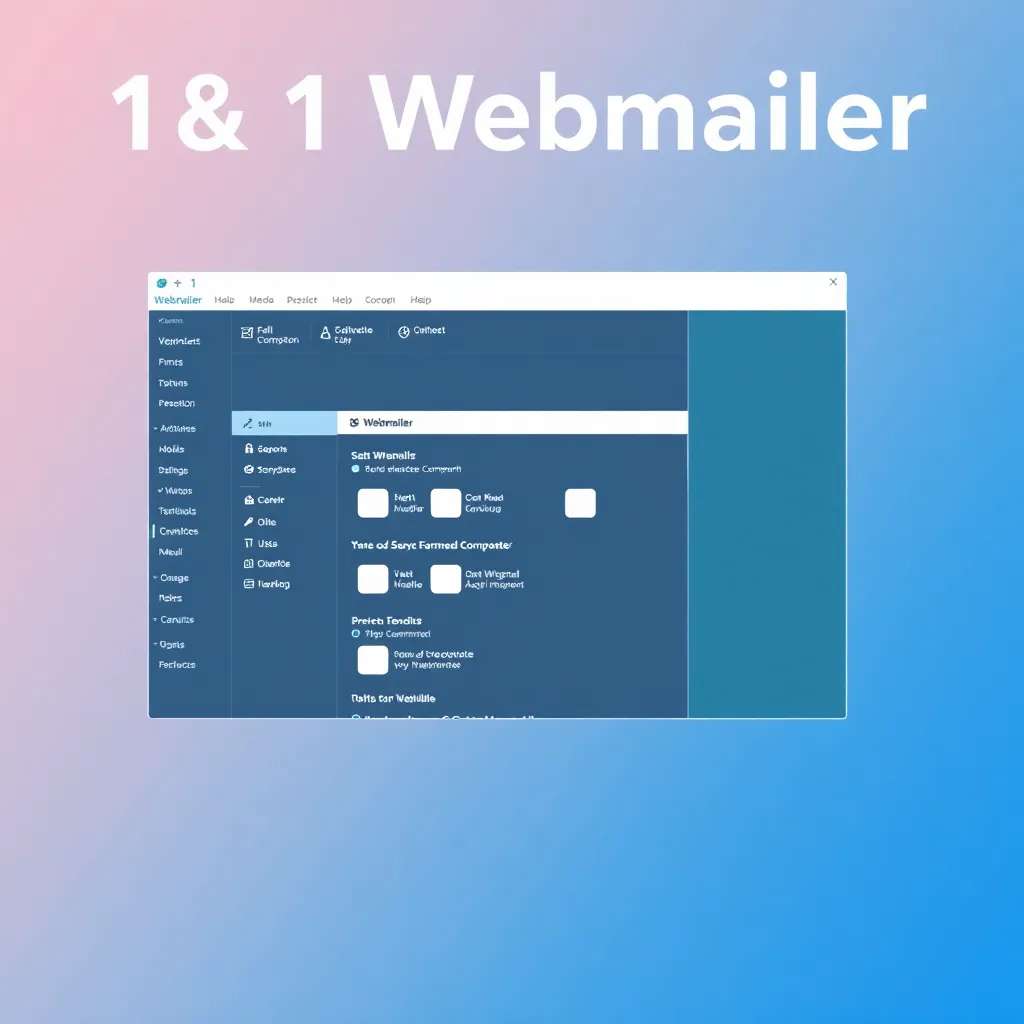A professional E-mail account is more than just an address - it supports your business identity, increases seriousness and strengthens the trust of your customers. In this step-by-step guide, you will learn how to set up and efficiently use a business account with your own domain. It is important to always keep an eye on possible extensions and the long-term benefits.
Key points
- Own domain: Gives your e-mail address a confident and distinctive appearance.
- Security featuresProtection against spam, phishing and data loss.
- Structured e-mail inboxes: Individually configurable for teams and departments.
- Professional communicationConsistent signature and clear email etiquette.
- ScalabilitySuitable for start-ups as well as growing companies.
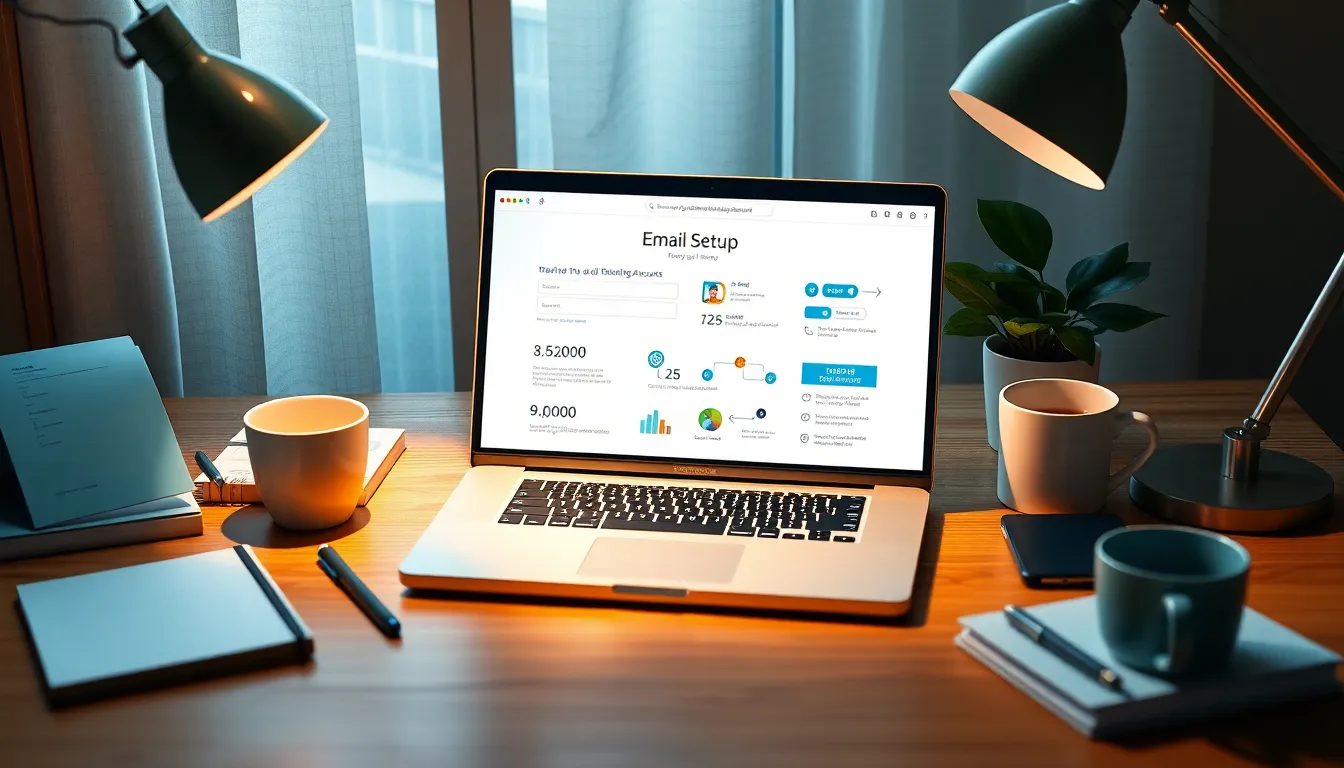
1. select and register a domain
I'll start with the most important building block - a suitable domain. This should contain your company name or a relevant keyword. Make sure that the spelling is simple and does not contain any special characters or numbers.
Good domains are concise, memorable and already convey your brand via the address. For German companies, I clearly recommend the ending .deinternational orientation also work .com or .net.
As soon as I have made my selection, I register the domain with a hosting provider. I check the contract term, monthly costs, additional offers such as SSL certificates - and of course how easily I can configure my email accounts later on.
One aspect that is often forgotten is the Data security around the domain. Many providers offer domain privacy options that prevent your personal data from being publicly visible in the WHOIS directory. Although there are usually fixed regulations for .de domains, you can prevent your contact details from being freely accessible on the Internet, especially for international endings. This is relevant if I don't want my private data or that of my company to appear quickly and possibly be used for unwanted advertising purposes or spam.
It is also advisable to consider securing multiple extensions (TLDs) when planning your domain strategy. This reduces the risk of a competitor or third party claiming similar domains. I often look at .de, .com and .net, sometimes adding regional extensions or topic-specific TLDs to protect my brand presence.
2. choose a hosting provider for e-mail services
For professional e-mail communication, freemail is not an option. I opt for a provider that Reliability guaranteed and economically suitable for my company.
I pay particular attention to:
- Storage space per mailbox
- Support with set-up questions
- Antispam and virus filter included
- Price per mailbox or flat rate
Some providers also allow administration via Plesk. If you would like to learn more about this, read the article Manage email accounts in Plesk through.
In addition, the choice of a Managed e-mail hosting be interesting. In this case, the provider takes over a large part of the maintenance and updates so that I can concentrate more on my core business. Services such as regular backups, system monitoring and performance optimization are often already included in the price. I may pay more for this, but I have less organizational effort in the event of security gaps or server failures.
Especially for fast-growing companies, it is worth taking a closer look at possible Scaling options. I'm wondering how quickly and easily I can increase quotas or functions without having to switch to a completely new tariff. In the long term, the e-mail service should be able to grow with the size of my company and my requirements without any problems.

3. configuration of the DNS and e-mail settings
After selecting and activating the hosting, I start with the technical setup. The most important DNS entries for a functioning e-mail account are:
| Entry | Description | Necessary |
|---|---|---|
| MX | Forwards e-mails to your mail server | Yes |
| SPF | Prevents spam being sent in the name of your domain | Yes |
| DKIM | Signs outgoing e-mails cryptographically | Optional, recommended |
| DMARC | Supplements SPF and DKIM, gives instructions in case of forgery | Optional, recommended |
Tools like the e-mail setup guide help me to carry out all the steps correctly.
Especially SPF and DKIM are underestimated in many cases, but are crucial to ensure your seriousness. Without the correct settings, emails quickly end up in the recipient's spam folder. I therefore make sure that the SPF entry contains the IP address or host record of my mail server and that DKIM is properly signed. For DKIM, I check whether my provider offers automatic setup or whether I have to add the TXT entry manually.
The DMARC protocol then goes one step further: it allows me to store specific instructions on what mail servers of external recipients should do if emails are not correctly authenticated. This reduces the risk of forged senders and increases credibility. Anyone who sends out a lot of business-critical emails will benefit immensely from this. My advice is to at least test DMARC to keep track of potential spoofing attacks.
In addition to these basic entries, it is sometimes worth creating a special Autoconfig/Autodiscover entry so that email clients such as Outlook or Thunderbird automatically recognize the account name and server. This makes setup easier and saves clicks. In larger corporate environments, I also save my employees from having to make recurring adjustments for different clients.
4. set up mailboxes and clients
Now I create the actual mailboxes, e.g. info@, rechnung@ or max.mustermann@. Depending on the provider, this can be done directly in the customer login or via a tool such as Plesk. The individual employees should have different accounts with strong access data.
I then integrate the email accounts into common clients. Most providers provide specific instructions for Outlook, Apple Mail or Thunderbird. I have to configure SMTP for sending and IMAP for retrieval correctly.
When I work with larger teams, I weigh up whether an Exchange server or a collaboration solution makes sense. Microsoft 365 and other group software offer additional features such as shared calendars, contacts and task management. Integration can be helpful to improve entire workflows. However, it can be more expensive. That's why I check exactly which functions I really need and which my employees actually use.
Another point that is often overlooked are Regular backups. Many providers do automatic backups, but I make a point of setting up additional manual or independent backup routines. This way, I avoid unpleasant surprises if data is damaged or accidentally deleted.

5. think security at company level
I attach particular importance to E-mail security. I choose individual and hard-to-guess passwords for each employee. At the same time, I activate two-factor authentication (2FA) if my provider supports it.
I also install antivirus solutions and spam filters at server level. When I send emails with sensitive information, I make sure that TLS encryption is active. I regularly train my team on phishing threats and secure attachments.
An additional tool is regular auditing: I check login logs, redirects and forwarded accesses. Security must always remain up to date.
It is particularly important to sensitize employees to potential dangers in day-to-day business. Phishing simulations internal can provide information about how attentive or careless individuals react in times of stress. Creating very clear guidelines on what type of emails are classified internally as critical or which attachments should generally be avoided is also part of the security concept.
It can also be helpful, various e-mail domains for different departments, for example if you have very separate business areas. This increases clarity and can limit the damage in an emergency if a certain area is compromised. However, it is important to define clear rules for internal and external communication so that customers always know to which address they can send their inquiries.
6. structure and workflow for smooth use
I use a unique E-mail structureso that customers, partners and teams can communicate efficiently. Departments receive their own collective mailboxes such as sales@ or support@. Individual accounts receive formatting such as firstname.surname@.
Signatures contain complete details: Name, position, telephone number and the company logo. I optimize marketing campaigns with tools for newsletters, automated series and status e-mails. I find the segmentation and analysis functions of modern tools particularly helpful.
It's worth it to keep an overview, Folder structures in the mailboxes - for example for projects, customer types or priorities. This increases efficiency in everyday life. Many email clients enable filter rules that automatically move incoming messages to the right folder. This keeps the main inbox clear.
In teams that work remotely, I often use shared mailboxes or shared labels (such as in Google Workspace). This means that anyone who is authorized can follow the correspondence and reply on their behalf if necessary. This avoids bottlenecks when one person is on vacation or sick.
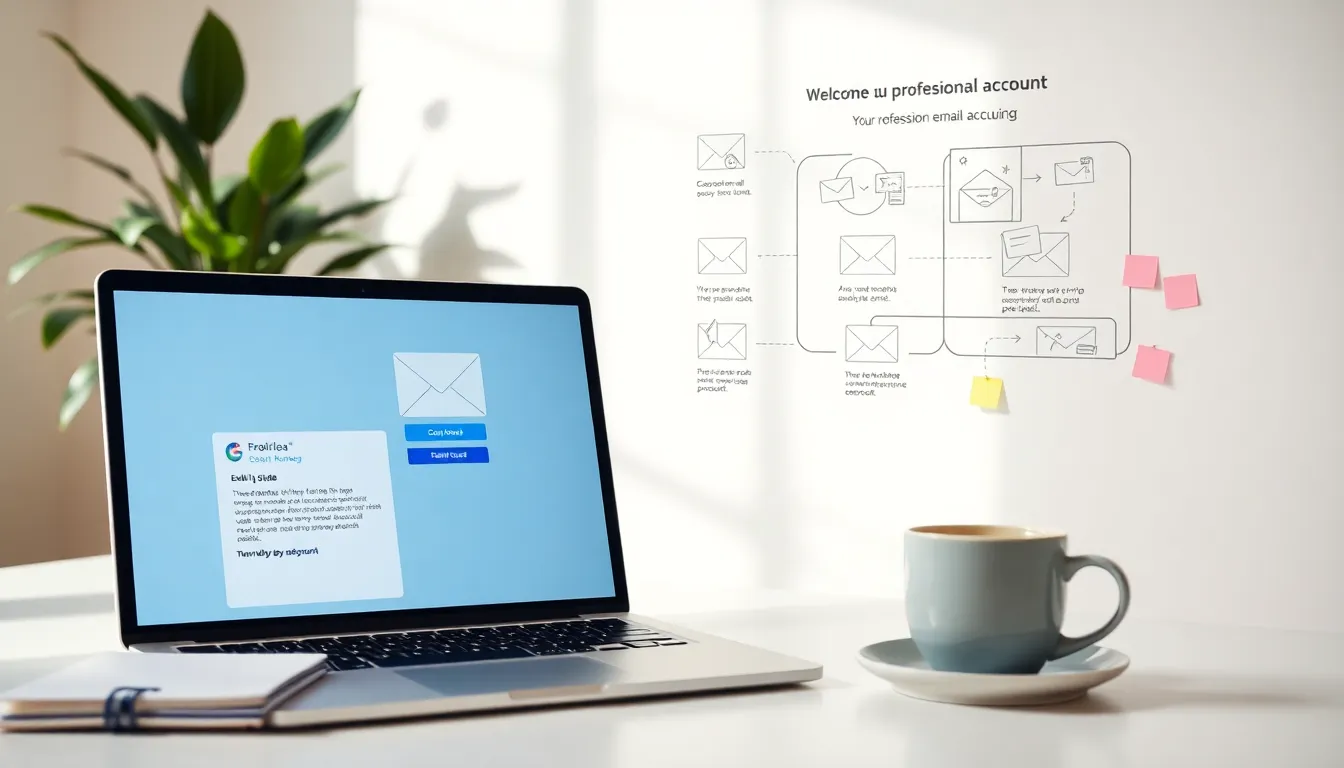
7. automate recurring tasks
I use automation wherever possible. Inbox filters sort automatically according to topic and urgency. I use autoresponders that respond immediately, especially for newsletter inquiries or bookings.
For internal purposes, I synchronize calendar invitations with my inbox or forward certain requests externally. This saves time every day. It's also practical that many email systems allow time controls - emails go out automatically in the morning, for example.
The function to manage new accounts via Plesk is also useful - more details can be found at this guide for Plesk email accounts.
In terms of efficiency, it's worth it, Rules for teams and agree exactly whether automatic forwarding to a collective mailbox is required or whether processing takes place in personal mailboxes. This prevents duplication of responsibilities. In larger companies, the process can be mapped using a ticket system to ensure tracking and documentation.
Of course I am also thinking of Archiving routines. Many industries have legal retention periods. I recommend automating this aspect by automatically moving older emails to special archive folders. This keeps mailboxes lean and ensures audit compliance.
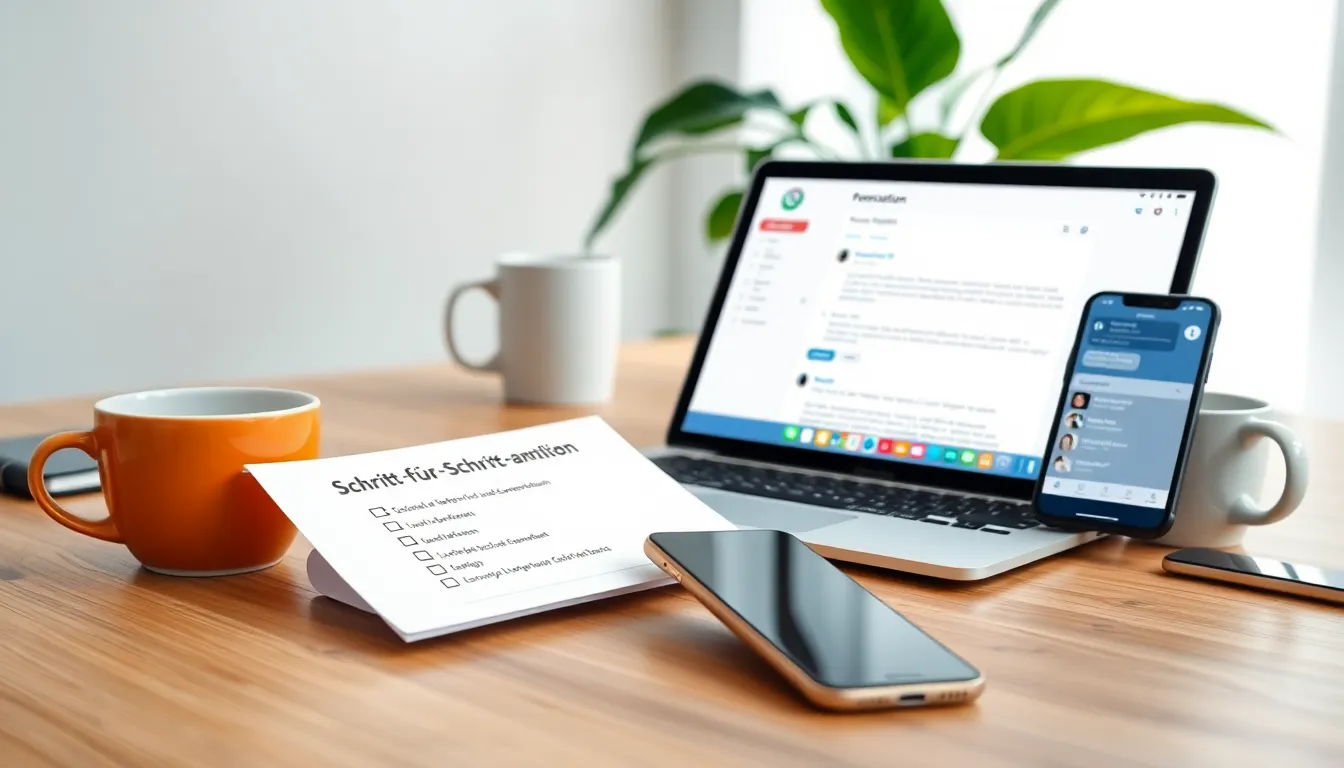
Mastering typical challenges
I test spam and phishing with simulated attacks. In addition, central whitelist and blacklist functions help me to filter emails.
I solve storage problems by automatically moving older emails to an archive or outsourcing attachments. IMAP instead of POP3 ensures that my messages remain synchronized on all devices - from my smartphone to my desktop client.
If you are unsure, a quick look at the hosting platform's FAQ or a brief conversation with support can often help.
Another challenge is the Migrationfor example, when switching from an old system to a new one or moving from a freemail service to a professional environment. Temporary failures can occur here or old emails are not transferred cleanly. I therefore plan the migration phase in advance and define a period in which as little critical communication as possible takes place.
To reduce the stress of migration, I use ImapSync or similar tools that copy emails mailbox by mailbox. After the move, I carry out test runs: Does my e-mail arrive? Do the autoresponders and filters work? This allows me to react quickly if there is still a need for optimization.

Perspective: long-term thinking pays off
A professional email account is not a one-off project. I keep my setup up to date, adapt structures when personnel change and regularly review the security situation. My focus is always on performance, protection and efficiency.
I don't invest in the short term - but in the long term. Because a well thought-out email system shows quality, even if you can't see it straight away. A stable e-mail infrastructure conveys seriousness and at the same time protects my company's sensitive data. It is therefore not just a technical project, but also a strategic one.
If you like, you can professionalize internal communication even further by introducing chat systems or project management tools that connect seamlessly with the email system. This reduces the flood of emails and keeps the inbox free for really important business correspondence. Nevertheless, a consistent email framework remains the backbone of most company communication.
My tip: start now and professionalize in small steps. If you have clear processes and systems, you will benefit in the long term from less chaos and more trust in your day-to-day business. Always remember that new technologies such as cloud-based services or interfaces to CRM systems can also be considered if they provide added value. With forward-looking planning, your email system will remain up to date in the coming years and become a strong foundation for your business.

